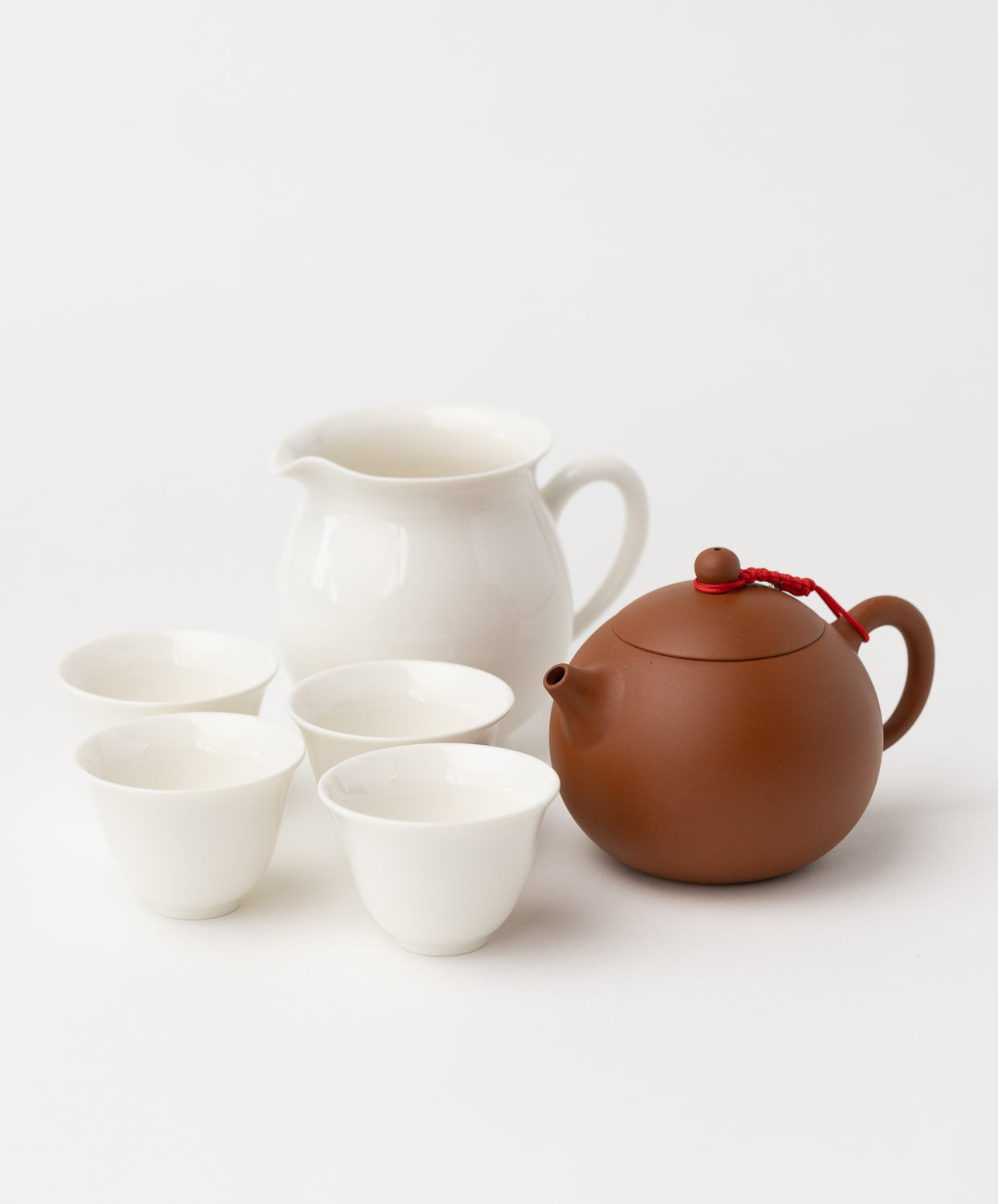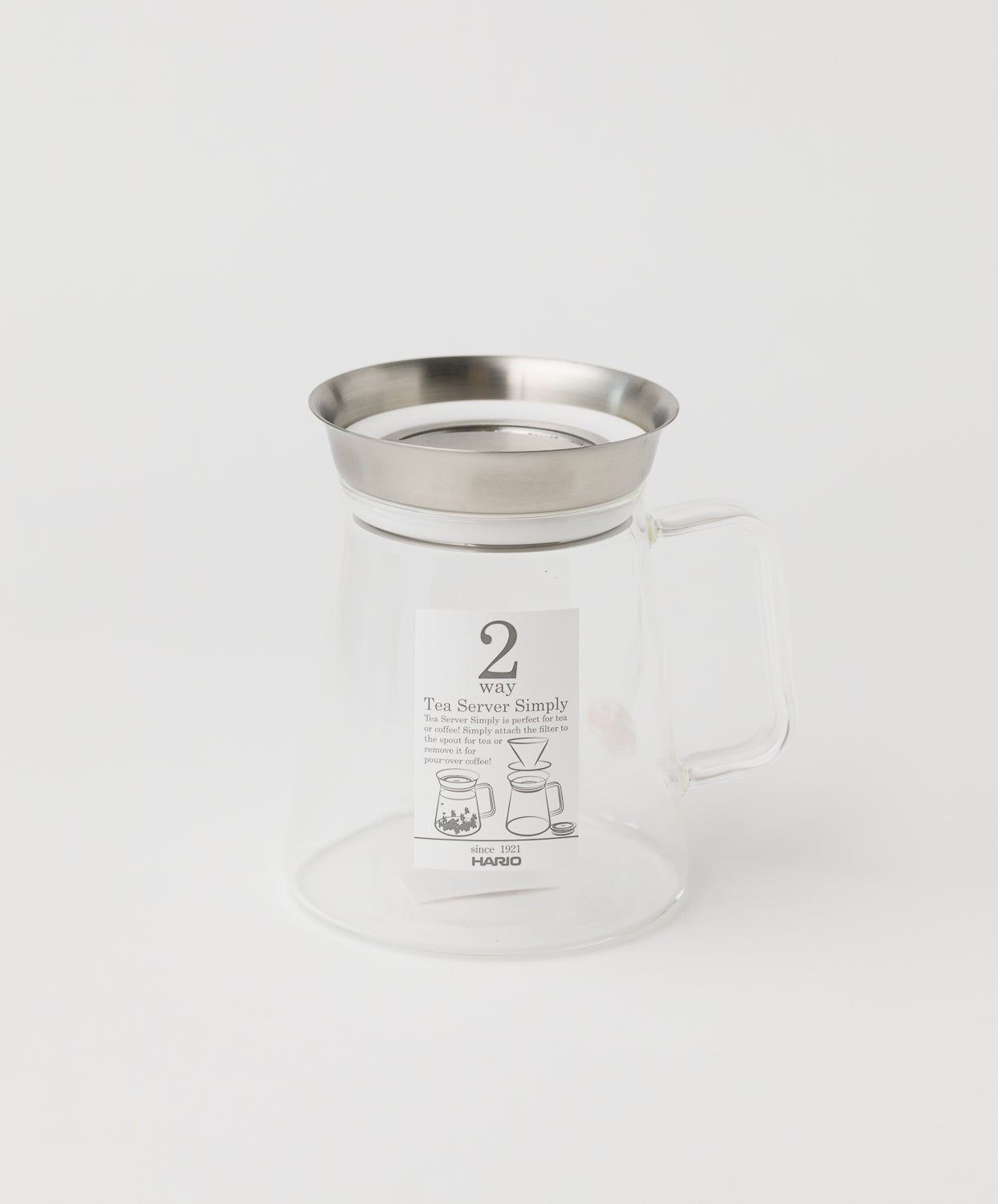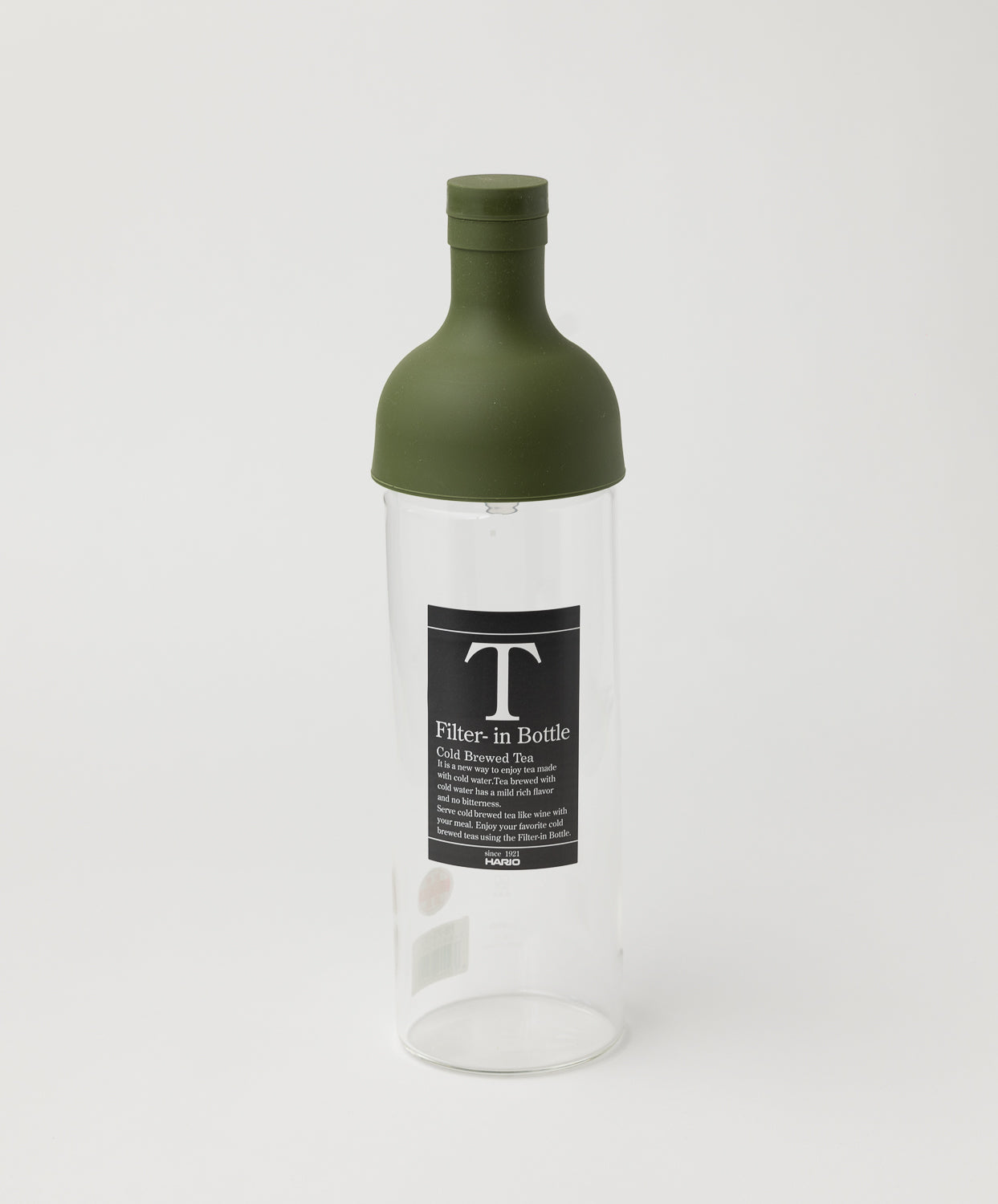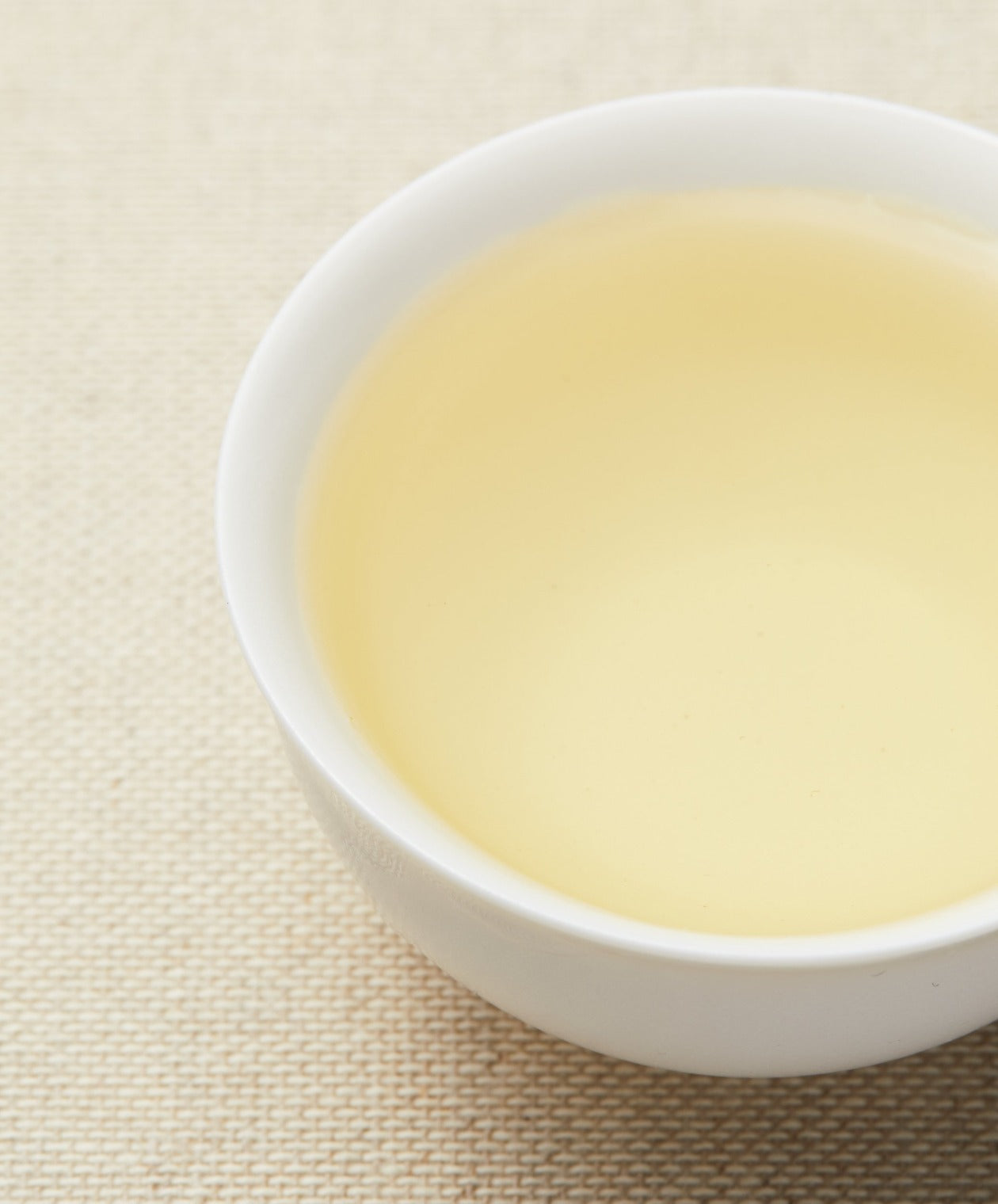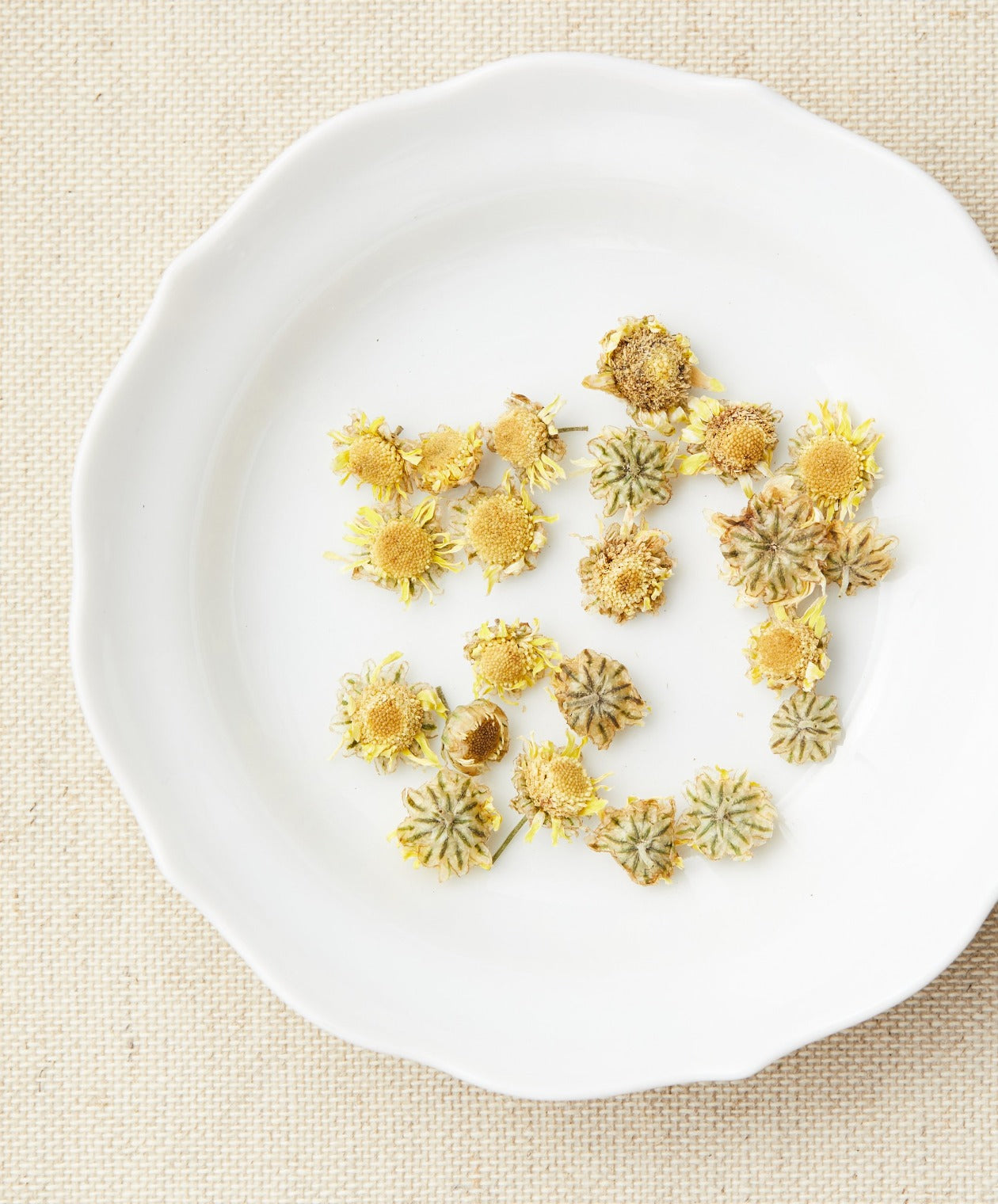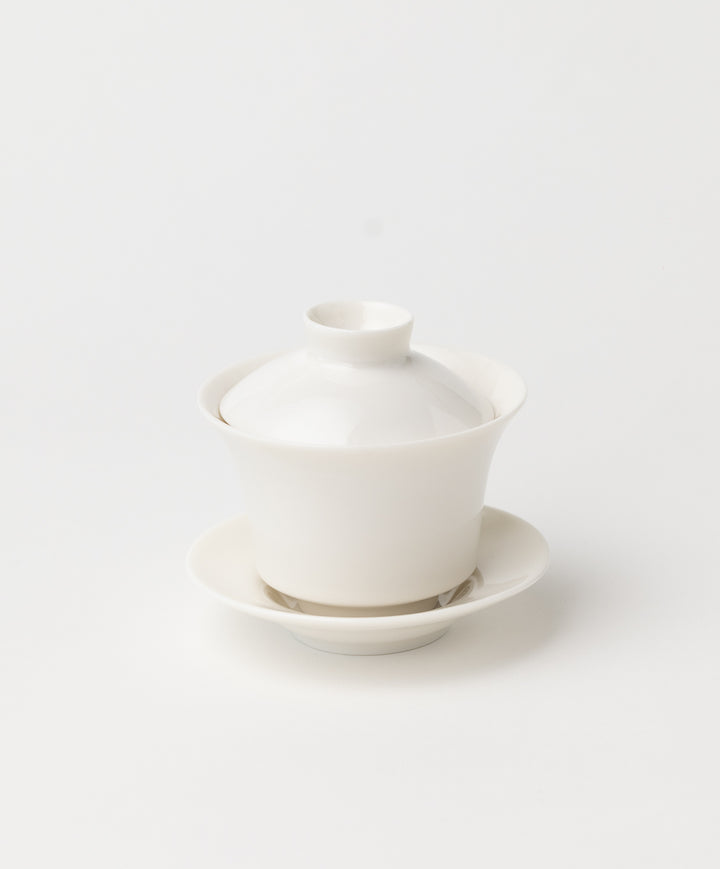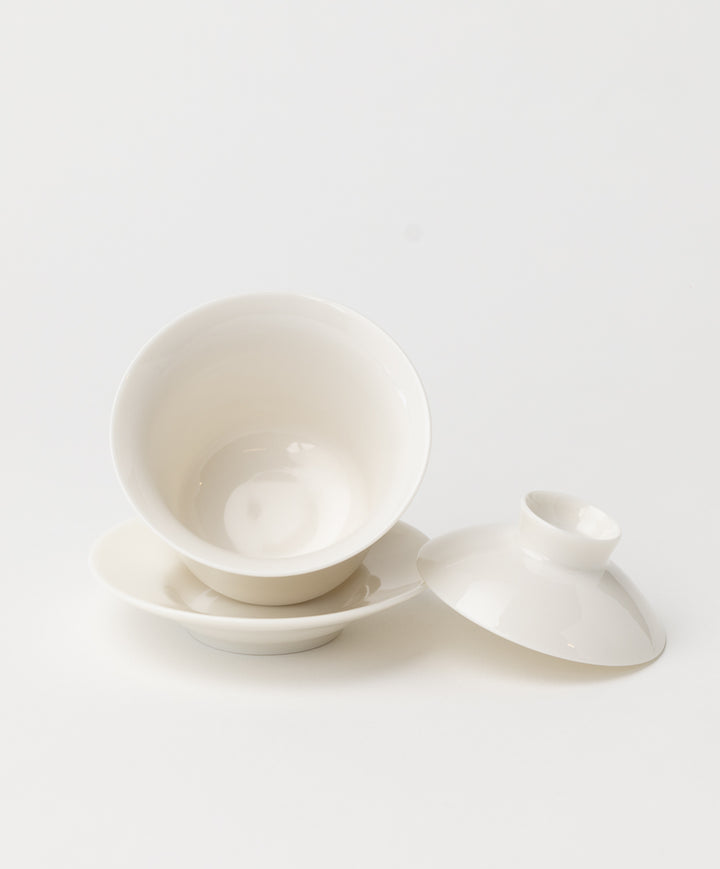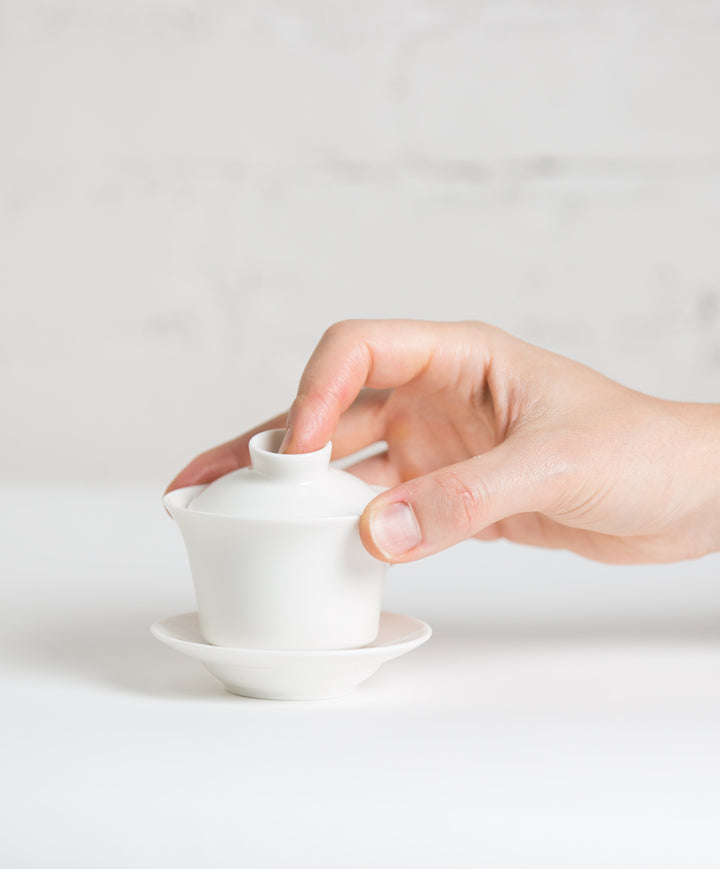Tea A to Z
Our easy-breezy guide to tea mastery with a comprehensive A to Z tea glossary: a concise guide diving into tea types, terms, origins, and brewing methods.
Accessories
When it comes to tea, accessories are not just the cherry on the cake. They're the icing, the layers and sometimes even the cake stand. Accessories bring the tea experience to life, making it as much about the journey as it is about the destination.
We've also got accessories for every tea scenario—the clay teapot, tea strainers, cups. Each accessory plays its part in your tea journey. They're here to make your brew perfect, your sips serene, and your tea time terrific. Keep 'em handy, keep 'em used!.
Afternoon Tea
Ah, the delightful tradition of afternoon tea! This British mid-afternoon treat (typically served between 3:30 and 5 p.m.) is a light and elegant affair. Think sandwiches (cut into 'fingers'), a selection of sweet pastries and cakes, and scones topped with clotted cream and jam. The tea served could be any number of varieties, but popular options often include Earl Grey, Darjeeling, or English Breakfast.
The occasion is often used for social gatherings or celebrations, and can be enjoyed at home or in more formal settings such as hotels or tea rooms. It's all about savoring the tea, the food, and the company!
Aftertaste
Aftertaste is the lingering flavor that remains after you've swallowed your sip of tea. A great aftertaste can be like the encore at a rock concert—the part everyone's waiting for, where the best surprises happen. It's also the sign of good quality tea, when the flavor keeps on giving, long after the tea has left your mouth.
Altitude
Altitude is the measurement of height above sea level, where tea is grown. High-altitude, or high elevation, teas often have more nuanced flavors, as the plants grow slower in the cooler air. Think of altitude like the vintage of a fine wine—it's a sign of quality and a hint at the unique character that awaits in each sip.
Assam Tea
Assam tea is the powerhouse of the tea world. Grown mostly, we happen to carry a Taiwanese Assam, in the northeastern Indian region of Assam, this tea is bold, robust and full-bodied with a malty character. It’s the strong backbone of many favorite breakfast blends, the wake-up call for the sleepiest of mornings, and the perfect companion to a hearty morning meal.
Aroma
The aroma of tea is like the personality of your best friend—it’s what makes it unique, appealing, and easy to recognize. It’s the first impression and the lingering memory, the hint of what’s to come, and the reason you keep going back for more.
Antioxidants
Tea's secret weapon. These are naturally occurring compounds in tea that are known for their health benefits, including the fight against harmful free radicals. Think of them as the superheroes of your cup, always ready to protect and serve!
Astringency
Astringency is that dry, puckering sensation you feel in your mouth when you sip some teas, particularly strong black or green varieties. While it sounds off-putting, astringency is a sought-after quality in tea. It adds a refreshing crispness that can be particularly thirst-quenching. It's the zing that keeps your palate awake and craving for more.
Bai Hao Oolong
Baozhong Tea
Born in Taiwan's Pinglin District, Baozhong, or Pouchong, tea is a lightly oxidized oolong that gives off a floral and buttery aroma. The taste? Delightfully fresh and clean with a lingering sweetness. The leaves are typically rolled lengthwise, twiested leaf, which gives it a distinctive appearance compared to other teas. Baozhong tea serves as a perfect mid-afternoon pick-me-up. Just steep, sip, and savor the tranquility.
This tea was once wrapped with a square rice paper, and that's where it got its name. Bazhong phonetically translates to "the wrapped kind".
Bi Luo Chun
Hailing from Dongting mountain in Jiangsu, China, Bi Luo Chun is a renowned green tea prized for its delicate appearance, fruity aroma, and mellow flavor. Its name, meaning "Green Snail Spring," comes from its unique spiral shape that resembles a snail shell.
Though not native to Taiwan, it has found a home in the high-altitude tea gardens, where local tea masters have added their own spin to this classic. A cup of Bi Luo Chun is a refreshing, light experience—perfect for those quiet moments of introspection. You can learn more about it here.
Black Tea (Red Tea in East Asia)
Known as "Hong Cha" or "Red Tea" in China, what we call black tea in the Western world is the bold, rich, and full-bodied cousin in the tea family. Originating from the same Camellia sinensis plant as green and oolong teas, black tea undergoes a full oxidation process, which gives it a robust flavor and deep color reminiscent of a crimson sunset. Whether it's the malty Assam, smoky Lapsang Souchong, or the fruity Keemun, each black tea offers a unique tasting journey.
Note, though, this isn't the "black tea" that Pu-erh falls under. That's a whole different story.
Bubble Tea
Bubble tea, or boba tea, originates from Taiwan and has taken the world by storm. At its heart, bubble tea is a sweet tea-based drink, often flavored and filled with chewy balls of tapioca (the "bubbles" or "pearls"). The flavors and variations are almost endless, ranging from classic black milk tea to more adventurous ones like lychee or taro.


Brew Time
The long your tea leaves mingle with hot water, allowing the flavors and aromas to be released. It's like a tea party in your teapot, but you decide when the party ends. Too short, and your tea may be as bland as a weather report. Too long, and it might start tasting like retaliation. Balance is key.
Caffeine
Caffeine is the naturally occurring stimulant found in tea leaves, lending that little kick we often need. Imagine it as an audacious party guest that strolls into the sleepy, yawning crowd of your brain cells, shaking them awake and sparking energetic conversation. The caffeine found in a cup of tea can differ greatly depending on factors like the type of tea, brewing time, and the tea’s origin.
Found also in coffee, chocolate and many other plants, caffeine works by blocking the action of adenosine, a compound in your body that promotes sleepiness. The result? A burst of alertness and energy that can jumpstart your day or power you through an afternoon slump. However, like all good parties, the effects of caffeine eventually wind down, often leading to a gradual return of tiredness. So enjoy the festivities and high energy, but don't forget to rest up after the caffeine party ends!
Camelia Sinensis
The Latin name for the tea plant, the superstar that gives us all true tea. Whether it's black, green, oolong, white, or pu-erh, it all comes from this plant. The flavor profile and type of tea it becomes depends on how the leaves are processed after harvest. It's like the Meryl Streep of the plant world—so versatile, it can play any role.

Cha
Cha is simply the word for 'tea' in many Asian languages, derived from 'cha,' the Cantonese and Mandarin Chinese word for tea. Interesting tidbit: The English word 'tea' actually came from another Chinese dialect, Min Nan, where it's pronounced 'te'—our namesake 'Té Company'
Chai
Chai is like the jazz music of the tea world – improvisational, rich, and blending diverse elements into a harmonious whole. Traditionally, it is a combination of strong black tea, milk, sugar or honey, and a variety of aromatic spices. Most notable are cardamom, cinnamon, ginger, cloves and black pepper. The beauty of Chai? Like a personal playlist, everyone's mix is unique.
Here's a linguistic jazz note - 'chai' is simply 'tea' in Hindi. So when you're saying 'chai tea', you're quite literally saying 'tea tea' – a deliciously redundant melody!
Cold Brew
The laid-back member of the tea-making clan. Cold brew is a slow dance, imagine Waltz, between tea leaves and cold water. They hang out together for hours, resulting in a naturally sweet tea that is as refreshing as a dip in the lake on a scorching summer day. And making it? A cinch! We made a guide about it here.

Cream
"Cream" in tea parlance might have you picturing a splash of dairy swirling in your cup, but hold that thought! When we talk about Taiwanese teas, "cream" (or 'nai wei' for the connoisseurs) is actually a nod to the tea's texture and taste. It's a luscious, creamy mouthfeel and flavor that some oolongs bring to the party, without a drop of milk in sight.
Chrysanthemum Tea
A floral decoction brimming with delight that isn't derived from the typical tea plant, Camellia sinensis, but rather from the dried flowers of the Chrysanthemum plant. The infusion delivers a subtly sweet taste and a golden hue. Widely enjoyed across East Asia, Chrysanthemum tea is more than a sensory treat—it's also a traditional herbal remedy, believed to cool the body, support eye health and soothe sore throats.
So, next time you're feeling a bit under the weather or just need a zen moment, remember the charming chrysanthemum is there to brew you up some floral comfort! Fun fact: in traditional Chinese medicine, it's often paired with goji berries for an extra nutritional punch! We also have, in case you are a curious person, a detailed comparison between Chrysanthemum Tea and Chamomile Tea here.
Cupping
When it comes to tea, cupping isn't about therapy involving suction cups on your back! In the tea world, cupping is a professional tasting method used by tea professionals and enthusiasts alike. Imagine it like wine tasting, but with leaves and steam instead of grapes and corks. The process involves steeping a specific amount of tea in a specific amount of water for a specific time... That's a lot of specifics! Then, evaluate the tea based on its aroma, flavor, and appearance in this controlled environment. A set of special utensils are are also used.
This ritual helps tea experts analyze everything from the tea's appearance and scent to its taste and body. So, if you ever see someone slurping tea from a spoon in a room that smells like a flowering meadow, you've stumbled upon a tea cupping session!
CTC (Crush, Tear, Curl)
Imagine a tea leaf going on a roller-coaster ride— that's the CTC method for you! CTC, which stands for Crush, Tear, and Curl, is a method of processing tea where leaves are passed through multiple cylindrical rollers that have lots of sharp teeth that crush, tear, and curl the tea into small, hard pellets. Originating in the early 20th century for the British tea market, this method is primarily used for lower-quality leaves, often found in tea bags. The resulting brew is robust and bold, ideal for those who enjoy their tea strong and favor milk and sugar in their cup.
Just remember, CTC doesn't stand for 'Calm, Tranquil, and Chill'!
Dark Tea
See Pu-erh.
Dong Ding
Don't worry about saying "Dong Ding" out loud, won't get you canceled... Should you ever find yourself tumbling down the rabbit hole of oolong teas, then you're bound to encounter Dong Ding. Dong Ding, or "Frozen Summit," is one of Taiwan's most famous oolongs, named after the mountain where it is grown. The brew of this tea unfurls a rich, sweet, and slightly toasty flavor profile, like a cozy blanket for your taste buds. Want to deepen your knowledge? Here!
Dust
Dust in the tea world isn't something you sweep under the rug. Tea dust refers to the tiny, fine particles left over from the production of larger leaf teas. This 'dust' is often used in commercial tea bags due to its quick infusion time, resulting in a strong, full-bodied brew. While it might not have the nuanced flavors of whole leaf teas, tea dust ensures you won't be left waiting for that morning tea kick! Remember, one tea's dust is another tea drinker's treasure.
Dragonwell
One of the most famous types of Chinese tea. Originating from China, Dragonwell, or Longjing (A landmark where the tea originated), has a unique flat leaf shape and a flavor that's both grassy and nutty.
Earl Grey
Picture the Bergamot Orange and Black Tea hanging out. They get along so well, they decide to become one. That's Earl Grey! Black tea scented with Bergamot (usually oil from the rind).
Elevation
It's all about the view, and for tea plants, a good view comes from high up. Elevation is where our tea plants catch the mountain breeze and absorb the mist, like a plant on a mountain getaway. The higher the tea grows, the more nuanced its flavor. It's kind of like the VIP section for tea plants.
English Breakfast Tea
It's usually a blend of different kinds of black tea. The tea equivalent of an AM news radio show. Always there, ready to tune in when you need a dependable pick-me-up. Never overtly impressive and never disappoints.
Extraction
Sounds more like an American thriller film (It actually exists) than a tea term, right? But extraction is just the process of pulling out the flavorful compounds from tea leaves when you steep them in hot water. The tea's way of sharing its secrets with you.
Fannings
Remember that time you threw confetti at a surprise party? Fannings are like that, but for tea! Slightly larger than 'dust', these small bits of tea leaves are found mainly and in many tea bags. They steep quickly, giving you a strong brew when you're in a rush.
Fermentation
Tea lingo can sometimes be a bit quirky and the term "fermentation" is one such example. This is not the same as the fermentation in beer brewing or sauerkraut. In tea terms, "fermentation" is often used in place of "oxidation"— a transformative process that changes the color and flavor of tea leaves. Truly speaking, fermentation is a metabolic process involving yeast or bacteria. This occurs in certain types of tea like Pu-erh.
Flavor Profile
The combination of taste and aroma characteristics that define a specific tea. It's a tea personal signature tune—each one is distinct and recognizable. We've got flavor profiles for all our teas right at your fingertips, making it discover what you looking for a cakewalk.
Flush
You know when it's springtime and everything seems fresh and new? That's the first flush in the tea world. It's like the tea plants have been doing their own version of spring cleaning and now they're ready to show off their best, most flavorful leaves. Each subsequent flush (second, monsoon, autumn) brings its own unique flavors, like different acts in a play.
Formosa Tea
Formosa is a Portuguese term for "beautiful" and it was used to describe Taiwan by 16th-century sailors charmed by the island's stunning natural beauty. Today, it's synonymous with Taiwanese Teas, particularly oolongs. It's kinda our specialty, and where all of our teas come from.
Gaiwan
The Chinese term for a lidded bowl used to infuse tea. It is used for quick infusions with a large amount of leaf. Often used in Gongfu tea preparation (see below).
Genmaicha
A type of Japanese green tea (usually made with bancha, see above) with added toasted rice. When the rice is toasted it sometimes pops and looks like popcorn.
Gongfu tea
The term refers to the Chinese method of tea preparation and also the Chinese tea ceremony. It involves infusing a large amount of leaf in either a small teapot or gaiwan, using many quick infusions. Gongfu translates to ‘with skill’.
Grandpa Style
A simple and effective method of brewing tea leaves. Add whole leaves and hot water to a tall glass, allow to infuse, and drink. Your teeth will act as a filter while you sip. Simply refill the cup with hot water once it's about 1/3 finished, and keep drinking all day. It's a popular way to brew tea in China, and rumor has it, particularly among the grandpas. Hence the name! Try it with any type of tea, but this method works best with teas that don't get too astringent while sitting in water for an extended period of time.
Green Tea
One of the six main types of tea, it originated in China but is grown and produced all over the world. The leaves are heated before any oxidation can occur, preserving their green color. The heating process can either occur through steaming or pan-firing.
Gyokuro
A high-grade Japanese tea that is shaded a few weeks before harvesting, forcing the plants to produce more chlorophyll which creates a deep green leaf, packed with umami flavor.
Hibiscus
A popular flower used to create a bright magenta-colored, tart herbal infusion. It is grown and consumed all around the world.
High Tea
Often mistakenly referred to as ‘afternoon tea (see above)’, it is actually a nourishing meal served in the late afternoon / early evening that originated with the British working class. ‘High’ refers to the fact that it’s served on a regular high table, not the ‘low’ tables used for a relaxing afternoon tea with a comfortable couch or garden seat.
Hojicha
Japanese roasted green tea, often roasted sencha or bancha. It has a mellow, toasty flavor very different from steamed Japanese teas.
Infusion
The process of steeping an ingredient in water or alcohol to create a drink. This can be for tea or any variety of herbals.
Iced Tea
Any tea or herbal infusion served cold. It can be cold brewed (see above), or prepared hot and then cooled with ice.
Jasmine
An extremely aromatic flower commonly used in scenting tea, typically produced in China. Usually found with green or black teas, the tea can be scented with blossoms, or sprayed with a Jasmine oil.
Kill Green
The step during tea processing where the leaves are heated to halt oxidation. With green teas this happens right away, to keep the leaves vibrant and green and prevent any oxidation.
Lapsang Souchong
A Chinese black tea originally from the Wuyi mountains in China, known for its smoky aroma and flavor. It is traditionally smoked over pine to impart the characteristic smokiness.
Matcha
A powdered green tea made by grinding high grade shade-grown leaves. Traditionally prepared by whisking into hot water.
Milk Tea
Many areas of the world have versions of milk tea. However, it most often refers to the Taiwanese bubble tea preparation (see above) with or without the tapioca pearls.
Nose
The aroma of the brewed tea.
Oolong
One of the 6 main categories of tea, oolongs fall between green and black teas as they are partially oxidized, anywhere from about 5%-70%.
Orange Pekoe
Western black tea grading term that has nothing to do with citrus. It simply refers to whole leaf tea and has nothing to do with flavor. The words are most likely a mistranslation in the 18th or 19th century from Cantonese, but no one knows exactly how it came about.
Oxidation
When the leaves are bruised and exposed to the air, it causes a chemical reaction that results in browning of the leaf, creating aromatic flavor compounds. Similar to what happens when you cut into an apple and let it brown.
Pan-fired
Refers to the tea processing style of heating the leaves in a wok or kettle drum.
Pekoe
Similar to ‘orange pekoe’ above, a western tea grading term for small, young tea leaves.
Plucking
Referring to the harvest of tea leaves from the plants. It can refer to the type of leaves plucked: buds only, one leaf and a bud, leaves only, etc.
Polyphenols
Natural chemical compounds found in tea leaves that have an impact on the flavor of the tea. They contain antioxidants.
Pu’erh
One of the 6 main categories of tea, this is a post-fermented tea that has undergone a special microbial process after the tea has been dried. In order to be called Pu’erh, it must come from Yunnan, China. If a post-fermented tea comes from another region, it will simply be called ‘dark tea’.
Pitcher
Used for serving tea in the gongfu style, tea is decanted from a gaiwan or small teapot into the pitcher, and then served into individual cups. Decanting into a pitcher allows for each person to enjoy a cup with the same flavor. May be referred to as a cha hai, sharing pitcher, or gong dao bei.
Quiz
You can take one to find the best tea for you.
Rolling
A step in processing tea that bruises the leaves in order to start the oxidation process. It is also a step in shaping the tea.
Rooibos
An herb from South Africa that is made into an herbal infusion. It is also called red tea, or red bush tea. It can be found as the plain herb or with added ingredients.
Semi-Fermented Tea
This refers to a microbial process usually referring to yellow tea (see below). It may also incorrectly refer to semi-oxidized teas such as oolongs.
Sencha
The most popular green tea in Japan. Harvested in springtime, the tea is steamed to retain its bright green color and flavor. The leaves are rolled into needle-like shapes.
Specialty Tea
Generally referring to artisan made loose leaf tea, usually single estate and made in small quantities.
Steeping
the process of allowing the tea leaves to infuse into the water, imparting flavor, aroma, mouthfeel, and color. This can be done fairly quickly with hot water, or slowly as a cold brew.
Strainer
A device to separate the tea leaves from the steeped tea. It can be a removable mesh strainer inside a teapot, or a metal strainer placed on the teacup to catch leaves while pouring.
An island off the coast of mainland China, also known as Formosa since 16th century. It's also where we get all of ours teas.
Tea
Leaves from the Camellia Sinensis plant. Can be processed into white, green, oolong, yellow, black, or pu’erh tea.
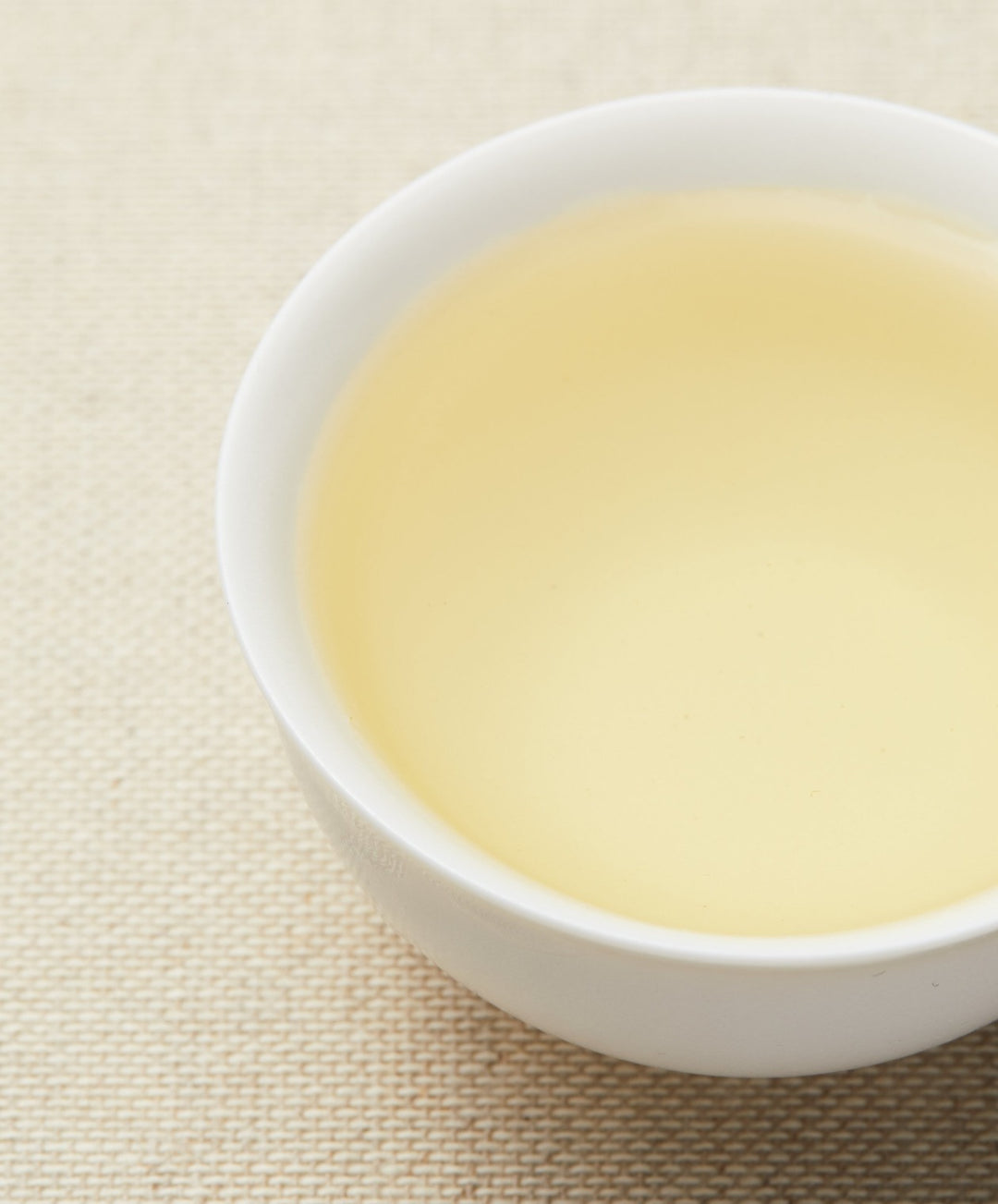
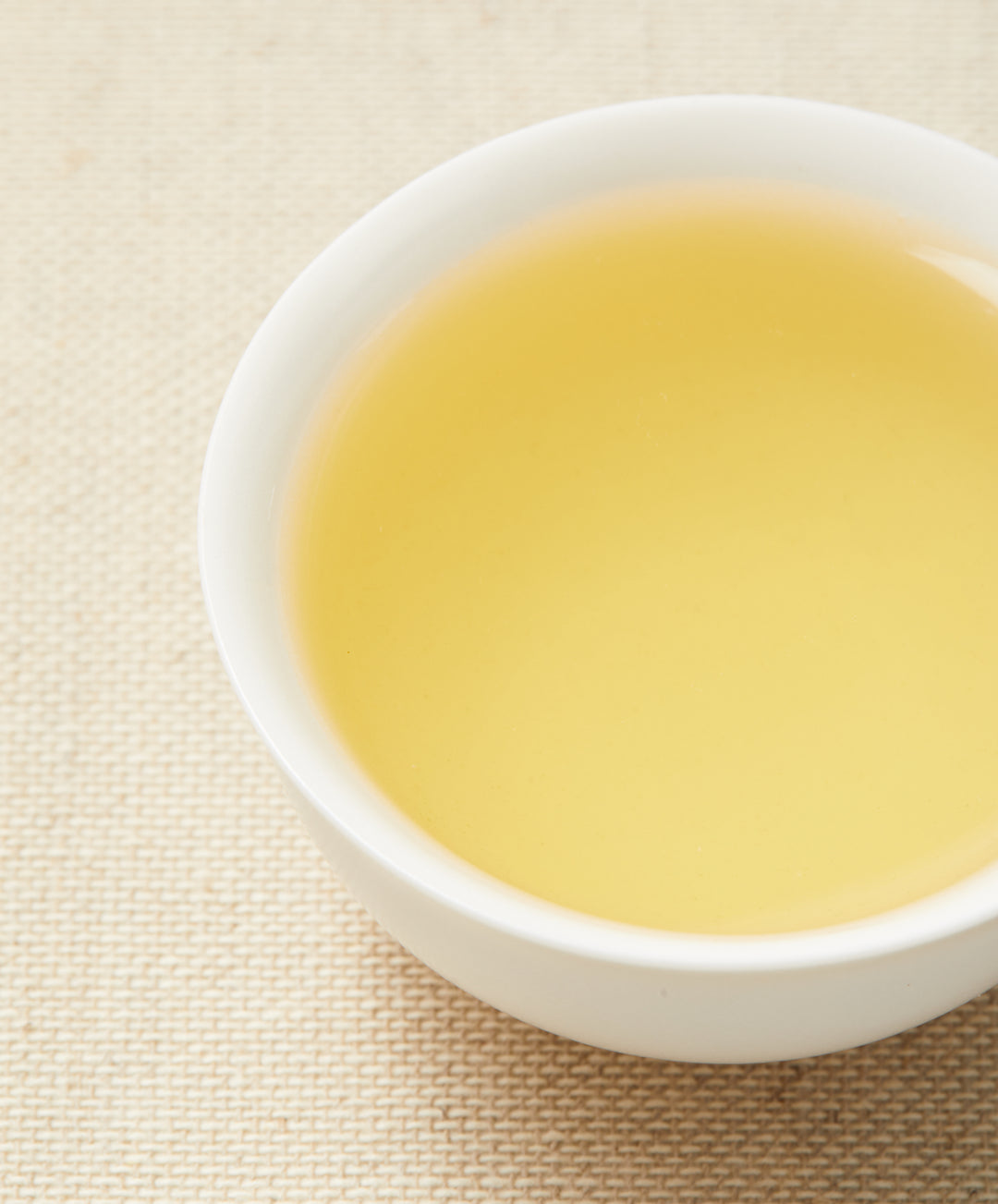
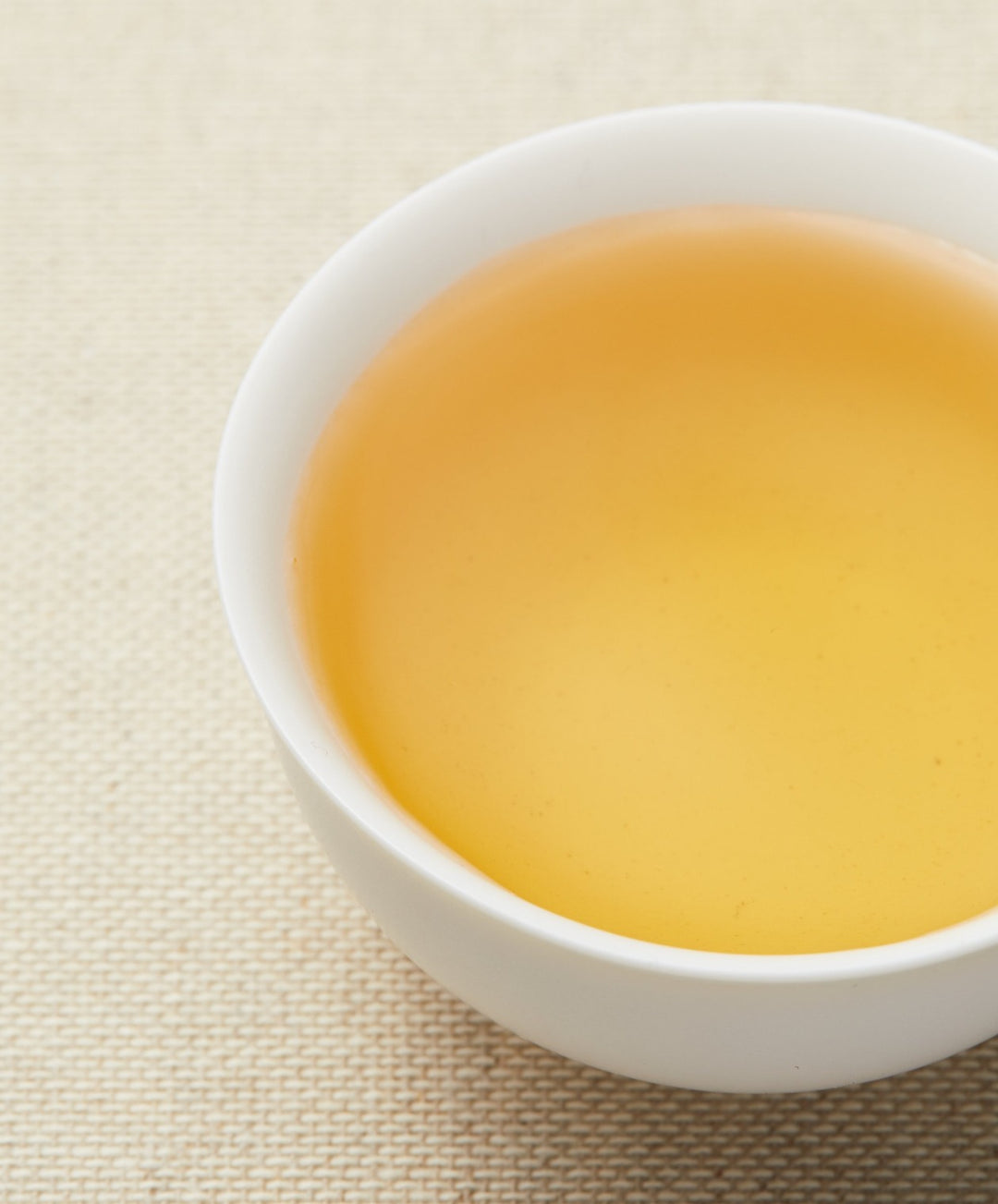
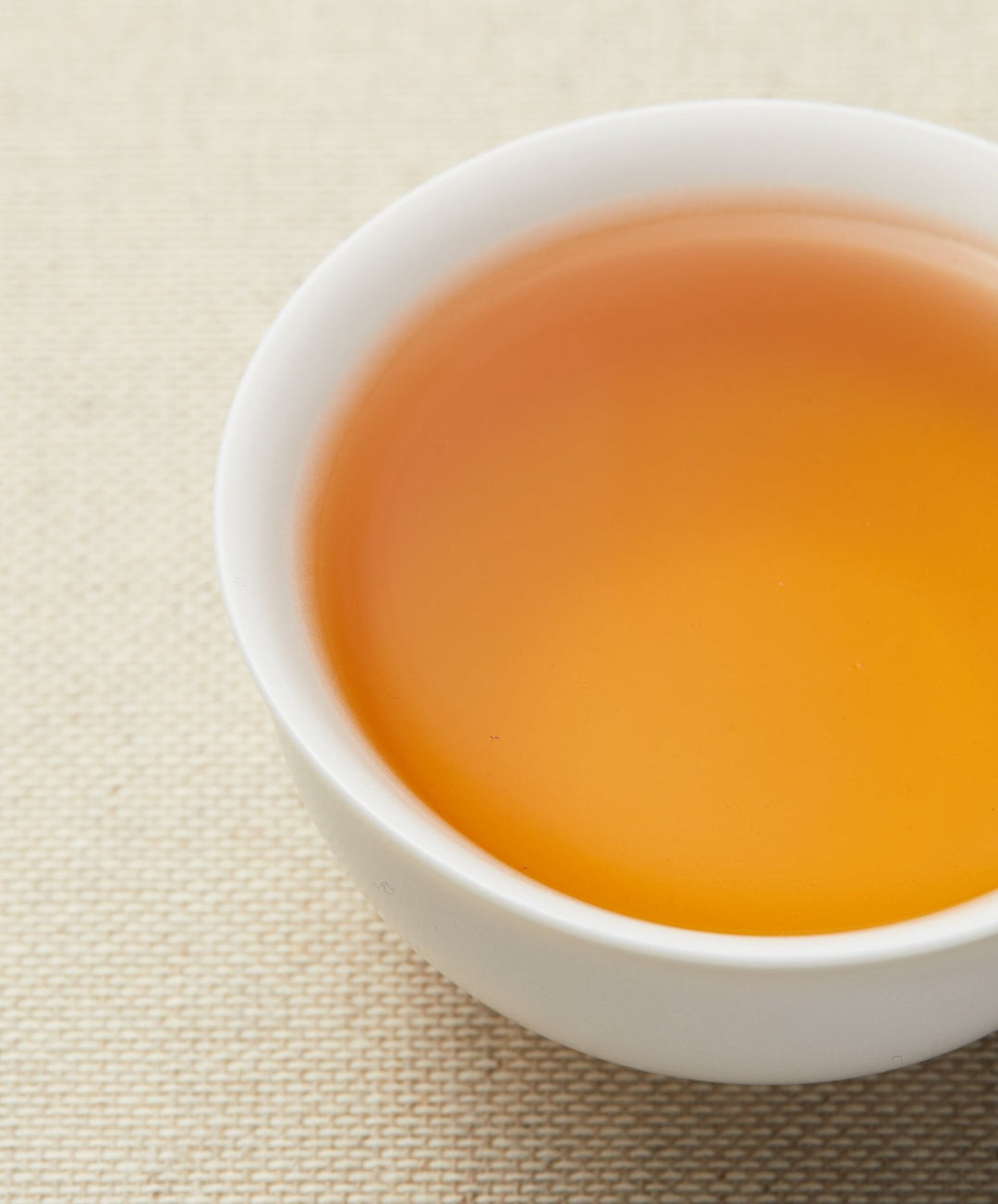

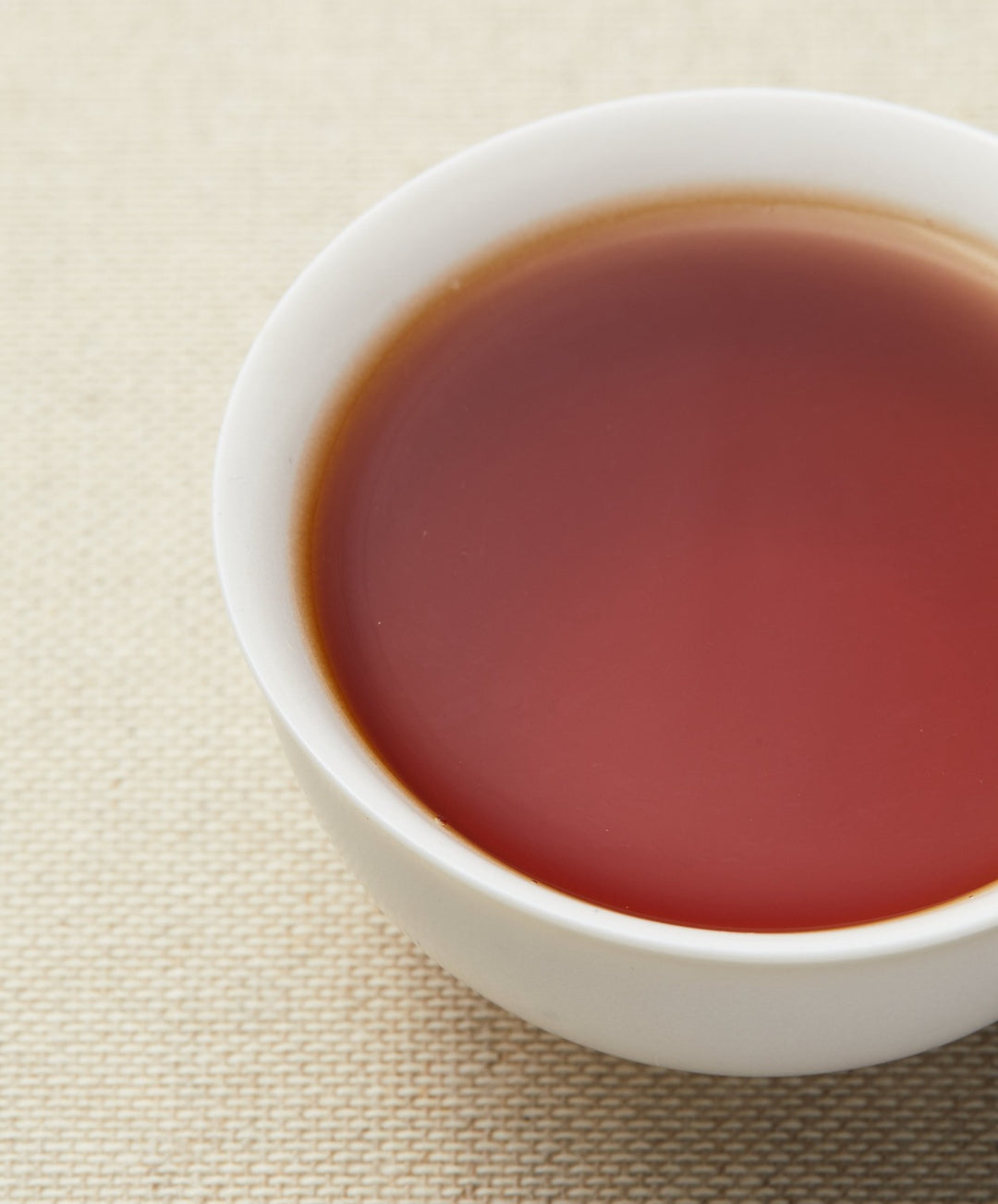
Tea Bags
A porous bag (often paper, plastic, or silk) that contains tea dust, fannings, broken leaves, or sometimes whole leaf tea.
Té
The word for tea in Taiwanese Hokkien, a Chinese dialect originating from coastal Southern Fujian, spoken by over 70% of the population in Taiwan. Also the name of our tea company.
Tea Drunk
It's really a thing! No, it's not like being drunk on alcohol. It's more of a giddy, relaxed feeling you get after indulging in many cups of tea. Some people say it only happens when drinking aged and/or fermented teas. Some say it happens with all sorts of teas. Why does it happen? Some claim it's the caffeine, some claim it's the L-Theanine. No one really knows for sure. But trust us, you'll know it once it happens to you!
Terroir
A French word also used for wine, it encompasses the circumstances of a tea plant that influences its flavor and characteristics. Factors such as the climate, soil, environment, and elevation.
Tannin
One of the polyphenols (see above) found in tea. It can create astringency and a drying sensation on the palate.
Ti Kuan Yin
A famous Taiwanese oolong that translates to “Iron ‘Guanyin’”, the Goddess of Mercy. The tea can be green and floral, or slowly roasted.
Tea Caddy
Any vessel for storing tea. When tea was introduced to the west, it was extremely expensive and kept in locked decorative caddies. Early tea caddies were made of porcelain and later made from wood and pewter.
Tisane
Anything that is not from the camellia sinensis plant but is infused into hot water. It is not considered ‘tea’. Herbal teas and rooibos among others, fall into this category.
Two Leaves and a Bud
This refers to the tea plucking style. Early spring pluckings are usually a bud only, or a bud and one leaf, or a bud and two leaves.
Twisted
A term to describe a leaf shape resulting from the rolling process.
Uplifting
A feeling that we have after drinking a lot of good Taiwanese tea.
Vitamin C
A vitamin that is found most common on Green Tea... Also in Oranges and Kiwi's.
White Tea
One of the 6 main types of tea. White tea is the least processed tea. After plucking it is withered and dried. The leaves do not go through an oxidation process.
Withering
The first main processing step after plucking, the leaves are spread out either indoors or outdoors, and allowed to wilt and reduce their moisture content. This controlled step helps prepare the leaves for further processing.
Yellow Tea
One of the 6 main types of tea, it is the most difficult to find as it is time consuming to produce. It is processed like a green tea but then a ‘wet piling’ microbial fermentation step is added. It produces a mellow, smooth tea with a medium body.
Yixing
A region of China known for its unique clay generally called ‘zisha’ (purple sand). This clay has been used since the Song dynasty to create unglazed teapots and other teaware.
Yixing teapots are coveted by tea enthusiasts as the unglazed interior absorbs the natural oils in the tea and over time the pot will take on the flavor of the tea brewed in it.
Yunnan
A Southwestern province of China with many tea-producing regions. Yunnan is well known for pu’erh tea, and black and green teas are also produced here.
Zen
A state of "no-mindness"

